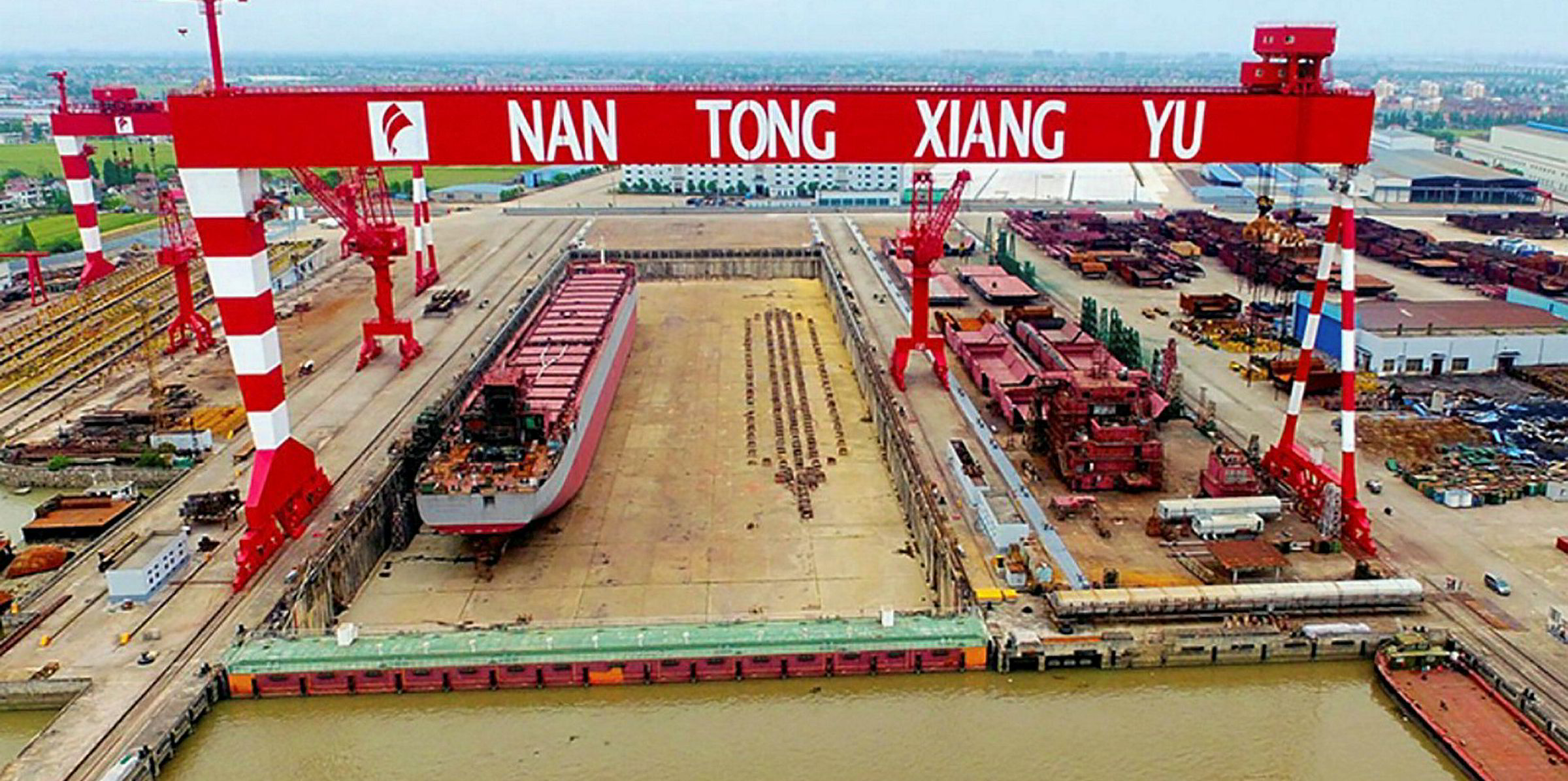The first of Nisshin Shipping’s eight dual-fuel chemical carrier newbuildings has been placed with Bergen’s Hansa pool.
Hans Solberg, chief executive officer of Hansa Tankers Management, said Nisshin’s 19,900-dwt Eva Gold (built 2022) is in the water and running on gas.
“The engines are already properly equipped to run on both fuel oil and LNG, not just ‘LNG ready’,” Solberg told TradeWinds. That is a world’s first in stainless-steel chemical carriers of this size. The Japanese private owner, a long-time pool participant, will also place a three-year-old 20,000-dwt eco-type newbuilding with Hansa in April.
Low-key Nisshin, controlled by the Fujii family, has a diverse fleet of 99 tankers and bulkers on the water plus four secondhand purchases set for delivery and 36 newbuildings on order for delivery this year and next.
It has been placing ships with Hansa since 2011, as one of the pool’s mainstays alongside Norway’s Bjarne Rieber group and Tailwind Management. Hansa presently runs 38 stainless-steel tank chemical carriers of around 20,000 dwt plus 11 larger vessels.
“We are taking steps moving in direction of our set goal of becoming a greener pool, and more than half of the 49 ships in the fleet are now eco-friendly types. 18 of the are equipped with scrubbers,” Solberg said.
TradeWinds reported in 2019 that Nisshin had ordered eight dual-fuel all stainless-steel chemical carriers at China’s Nantong Xiangyu Shipbuilding and Offshore Engineering, four of 20,000 dwt and four of 33,000 dwt. Estimates of the undisclosed price ranged from about $350m to $390m because of the dual-fuel factor in the price.
The eight remain the only such ships in the world orderbook, according to data provider VesselsValue. Hansa’s Bergen neighbour Utkilen owns four 10,000-dwt stainless chemical carriers now being installed with dual-fuel diesel/electric engines.
The first of Nisshin’s larger ships, the 33,000-dwt Gold Trader (built 2022), has also been launched and has been on sea trials.
Nisshin’s trading plans for the remaining ships are unknown but it typically mixes its ships between time-charter and pool employment.
Hansa’s Solberg is optimistic about the earnings prospects of his pool vessels.
“We are currently having an upswing in the market as Asia continues firm and with an increased activity in the West,” he said. “Sadly, it is the meaningless war that increases some of the activity. But not only that, since the positive development commenced in the fourth quarter of last year.”
But chemical tankers are chronically a tight-margin market and some of the factors driving demand are also undercutting earnings through costs.
“Right now a big part of the increased freight earnings goes for paying for the record high fuel price,” said Solberg.




